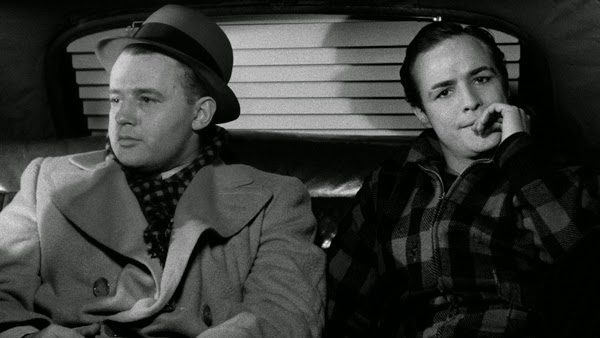Let’s be real. For once. It’s OK. Go ahead and let it out: We’re not keeping our New Year’s resolutions, are we?
There now. Doesn’t that feel better?
Oh sure, we mean well. We have every intention. We do so want to improve. But do we even remember what we resolved with such fervor on January 1, 2014?
No. No we don’t. Unless of course we are coming up on January 1, 2015, fixin’ to resolve it all over again. With a straight face. Like it never even happened.
But aw shucks, Miss Carolyn! We was just funnin’! Honest! We was just kiddin’ anyway! What’s all the fuss about?!
Year after year we flap our lips! Expel hot air into an already warming global climate.
When if we’d kept our own promises TO OURSELVES, we could’ve been better by now. We could’ve had class. We could’ve been somebody. We could’ve been contenders! Instead of a bunch of bums. Which is what we are – let’s face it.
Last year right about this time we punched our one-way tickets to Palookaville. And this year, if we don’t make some changes, we’re climbing on board the express train!
The Wall Street Journal quantifies the phenomenon for us: 88% of New Year’s resolutions fail! So who are we kidding anyway? Really – Who?
As I see it, if we want to hold our heads up, we have two courses of action available:
Option one: Follow the advice of Oliver Burkeman, also known as Mr. Grumpy Gills at The Guardian, who says – Abandon your resolutions now “rather than waiting a week or two for the moment when [they] will inevitably collapse in a quagmire of failed hopes, self-reproach and packets of Pringles.”
Geez! That’s a little harsh! All right, it’s true. But harsh.
Interestingly, his crabby cynicism has the opposite effect on me. Rather than give up before I begin, his defeatism on my behalf makes me want to prove him wrong. Just show him that I can keep my resolutions even though my track record mirrors that of Charlie Brown’s classic football kick.
Maybe I am doomed to fail. Maybe the Lucys of the world have conspired to pull that ball away from me; or maybe I’ve done it to myself. But no matter how many times I land on my back screaming “Augh!” I want to get up and try again.
Ever hopeful. Ever optimistic. All right – ever naive.
Senor Crabbiness explains: “The lure of making a ‘complete fresh start’ can be hard to resist… But in fact, aiming for across-the-board change – to get fitter, eat better, spend more time with the family and less time playing Angry Birds, all at the same time – is exactly the wrong way to change habits.”
He and the WSJ agree – we should respect the feebleness of our self-control.
The prefrontal cortex is responsible for willpower and it has lots of other things to worry about besides our half-hearted New Year's resolutions.
“Willpower is a depletable resource, which means investing energy in any one goal will leave less remaining energy for the others; so your resolutions end up fighting each other.”
Sabotaged by a weakened wherewithal! That explains why I have no recollection of my earnestly enumerated good intentions. They paired up and knocked each other out!
Far better, according to the
Grinch, is to aim for one new habit every couple of months. Maybe it could be worth a try – In January swear
off the Law & Order marathons. Then
in March…I don’t know…dust?
Or, says he, you can manipulate your surroundings and totally eliminate the need to spend your precious reserves of willpower. For example, it's much easier to watch less TV when you don't have one. Right. Like that’s going to happen!
Make things automatic, he says, so you don’t have to strive constantly to be better. It’s too hard on your pea brain! But despite your handicap, you can automatically use your credit card less if you hide it in your sock drawer. That’s exactly how I wound up with a surplus of sox!
This year, I think I’ll simplify. Opt for Plan B: Line up your excuses in advance.
I plan to blame my brain.



















































